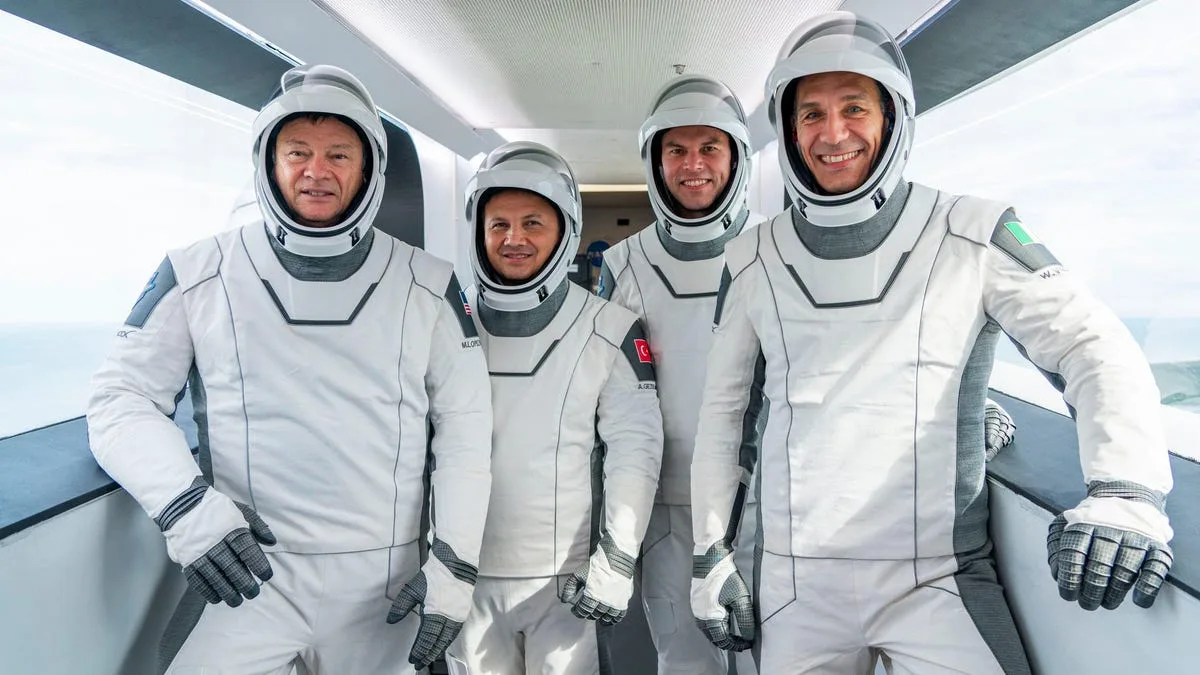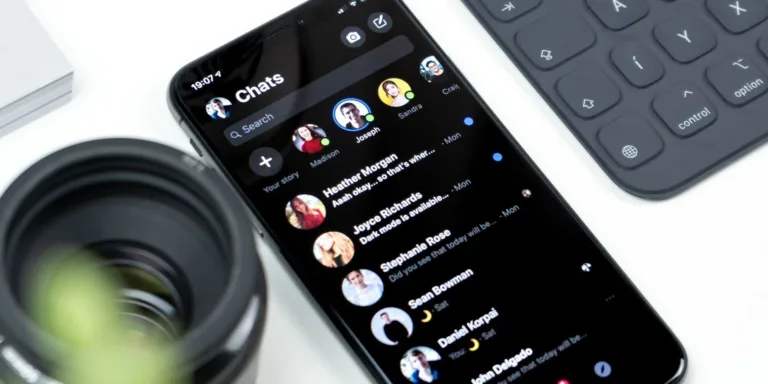Axiom Mission 3: All-European Crew Set to Launch to the ISS
The third private mission to the International Space Station (ISS) is getting ready to launch an all-European crew, along with dozens of scientific experiments, to low Earth orbit.
Axiom Mission 3 (Ax-3) is scheduled for liftoff on Thursday, January 18 at 4:49 p.m. ET from NASA’s Kennedy Space Center in Cape Canaveral, Florida. The launch was originally scheduled for later today, but additional time was needed for teams to “complete pre-launch checkouts and data analysis on the vehicle,” according to SpaceX. Axiom Space’s third commercial spaceflight will launch on board SpaceX’s Falcon 9 rocket and the Dragon spacecraft Freedom, carrying a crew of four private astronauts for a two-week mission.
How to Watch the Ax-3 Launch
Axiom will broadcast the launch live through its YouTube Channel. NASA will also livestream the launch through NASA TV and the space agency’s website. SpaceX will host its own broadcast through the company’s account on X around two hours before launch time.
Who is Launching on Board Ax-3?
The crew for Ax-3 will consist of four individuals. Former NASA astronaut and Axiom’s current chief astronaut, Michael López-Alegría, will serve as the mission commander. Walter Villadei, an Italian Air Force officer, will be the mission’s pilot. The two mission specialists are Alper Gezeravcı, Turkey’s soon-to-be first astronaut, and Marcus Wandt, an astronaut reserve member from the European Space Agency (ESA).
What Will Ax-3 Astronauts Do on Board the ISS?
Each member of the crew will carry out scientific research representing their respective countries. The Dragon spacecraft will carry over 30 experiments from Italy, Turkey, and Sweden. These experiments will include the Italian Space Agency’s AstRNAuts project, which aims to track the molecular signatures of biomarkers in response to the space environment. Also, Turkey’s MESSAGE project will study changes in gene expression related to microgravity in human immune system T-cells. ESA’s Sleep in Orbit project will investigate the effects of sleeping in microgravity by monitoring sleep patterns using in-ear electroencephalogram (EEG) equipment.
How Many Private Missions Have Flown to the ISS?
Ax-3 will be Axiom Space’s third private mission to the ISS. The first private mission, Ax-1, arrived in April 2022, and the Ax-2 mission followed in May 2023. Ax-3 was originally scheduled for November 2023 but was postponed to allow teams to prioritize the mission’s scientific research.
Why Is NASA Flying Private Astronauts to the ISS?
Private missions to the ISS are part of NASA’s plan to transition low Earth orbit to a commercial platform after the space station retires in 2030. Axiom Space is working on designing its own space station and plans to launch the first module in 2025. By launching its own stations, Axiom aims to eliminate the need for NASA approval and freely send its crews to the ISS.
Although the first private mission faced some challenges, lessons were learned and improvements have been made for subsequent missions. NASA continues to refine the process for private ISS missions in collaboration with commercial partners.
If you’re interested in more spaceflight news, be sure to follow Gizmodo’s dedicated Spaceflight page.
Source: Private Crew Launches Tomorrow to Prep for a Future Commercial Space Station







